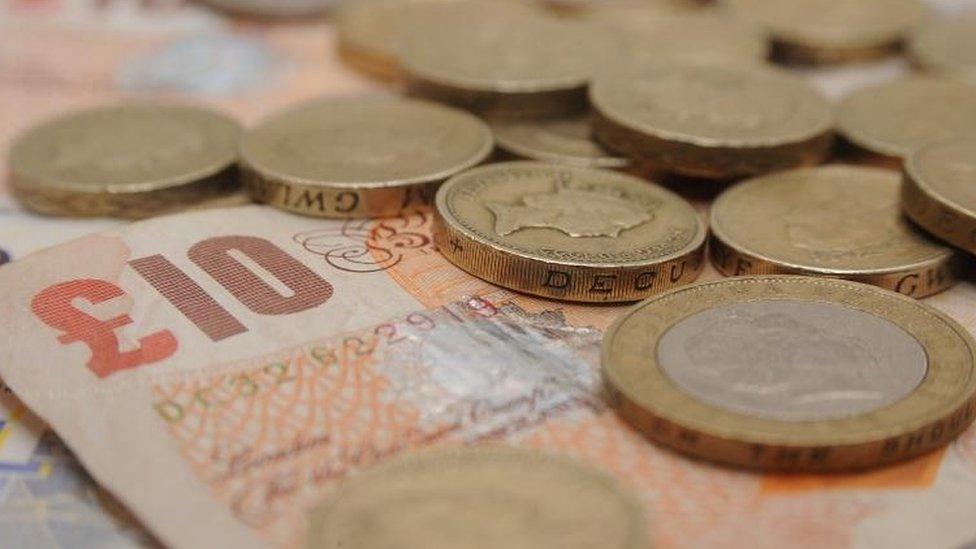Personal insolvencies 'rise by 22%'
- Published

The number of people being declared insolvent has risen by a fifth on a year ago - but low interest rates mean the total is still comparatively low.
A total of 22,503 people were left with unmanageable debts in the second quarter of the year, official figures from the Insolvency Service show, external.
That was a 22% rise on the same period last year, the data covering England and Wales show.
But an extensive period of low interest rates is expected to continue.
This is likely to keep a lid on the number of people falling irretrievably behind on loan repayments.
Picture across the UK
The rise in personal insolvencies were driven by a 15% rise in Individual Voluntary Arrangements - when those in debt come to an agreement on repaying debt with those to whom they owe money.
More traditional bankruptcies, when a debtor's home is at risk, have fallen in number.
Elsewhere in the UK, there was a 50% rise in individual insolvencies in Scotland over the same period, with 2,405 people going insolvent in the second quarter of the year.
There were 755 individual insolvencies in Northern Ireland in the second quarter of the year, an 8.5% rise on the same quarter a year ago.

Bankruptcy and alternatives
Bankruptcy: The traditional way of escaping overwhelming debt. Ends after one year, but you are likely to lose all your assets, including your house, to pay something to the creditors
Individual Voluntary Arrangement (IVA): A deal between you and your creditors, overseen by an insolvency practitioner. Less stigma, less chance of losing your home, but involves paying some of your debts in one go.
Debt Relief Orders: Introduced in April 2009, these allow people with debts of less than £15,000 (£20,000 since October 2015) and minimal assets to write off debts without a full-blown bankruptcy